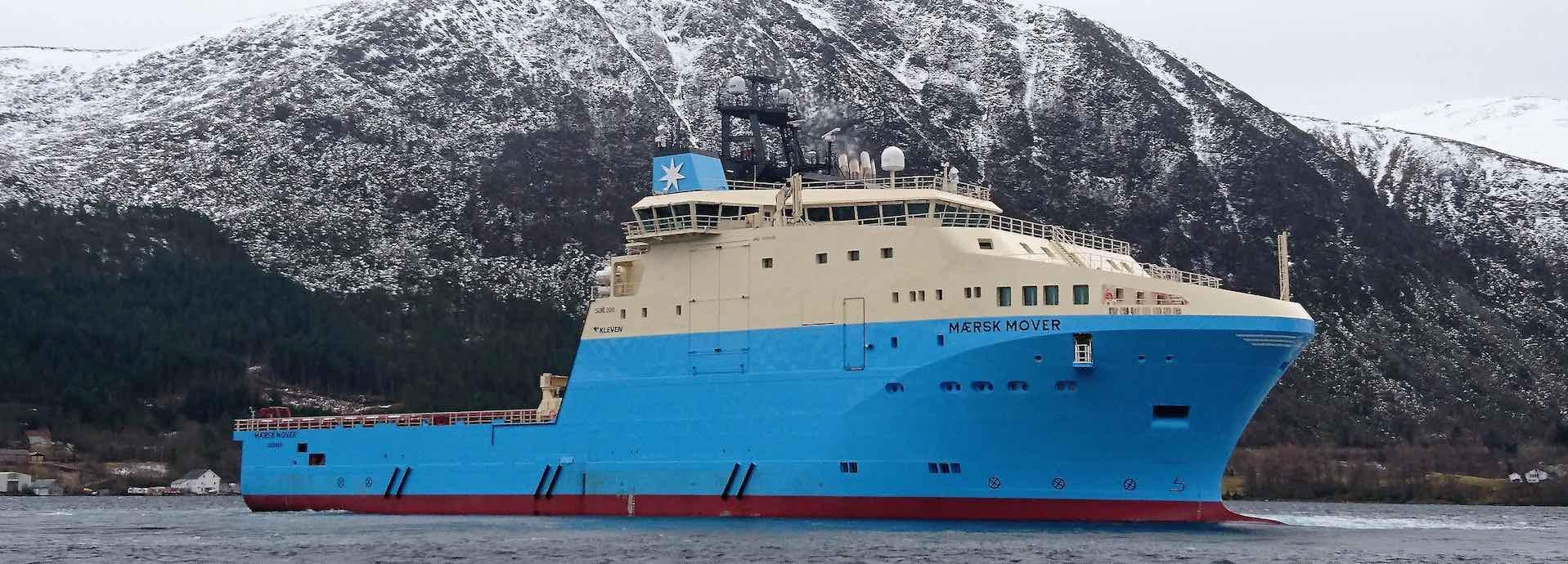

Wärtsilä Voyage is installing Onboard Energy Advisory Systems in nine Maersk Supply Service vessels. The system will help Maersk Supply Service improve voyage efficiency while ensuring that offshore support vessels achieve the target of 5% fuel reduction. What are its capabilities and efficiencies?
In May 2019, Wärtsilä Voyage began installing a customised Onboard Energy Advisory System (EAS) for one of Maersk Supply Service's M-class Anchor Handling Tug Supply Vessel (AHTS) and an I-class Subsea Support Vessel (SSV) of Maersk Supply Service.
Upon completion, these two vessels would possess a Data Collection Unit, real-time onboard speed, engine and performance optimisation products, and shore-side analytics dashboards including those for hull and propeller performance and fleet operational dashboards.
“Maersk Supply Service wanted a highly-secure and smart system that would ensure its leadership position in the offshore vessel market. The system had to enable it to not only improve overall energy and operational efficiency, but also substantially reduce its environmental footprint,” explains Marko Zelger, Sales Manager, Energy Optimisation Solutions, Wärtsilä Voyage.
“Wärtsilä was proposing to achieve these objectives by setting up a system of improving speed optimisation and engine optimisation based on big data analytics for each operational mode of the vessel, whether it was transit, dynamic positioning or in stand-by mode,” he adds.
Proof of concept
Testing for ‘proof of concept’ was a big milestone for Wärtsilä. The call-off contract with Maersk Supply Service, signed in May 2019, was structured in three phases: having a proof of concept for two vessels over four to five months, developing the project for an additional number of vessels over eight months and thereafter planning the same for additional vessels.
Passing the tests for the proof of concept would also provide Wärtsilä solid ground to showcase its flagship Smart Marine Strategy. But the timing of these tests was crucial. Eniram, a company acquired by Wärstilä in 2016, signed the contract with Maersk but had just been restructured. It was rechristened ‘Key Accounts Solutions’ at Wärtsilä Voyage a few months before work on the contract began. This new vertical was to manage and customise solutions for a small number of large clients.
A group of twelve people is responsible for working on this critical project. The task was a big one and the stakes were high. Each member of the team had to be agile and highly motivated to ensure that the proposed Energy Advisory System passed the testing phase. The team also had to work closely with Maersk Supply Service to tailor-make the right solution.
Zelger recalls, “As with every project, what you plan to deliver in the beginning is not what you end up delivering in the end.’
“This new structure enabled us to adapt to changes faster. The project would provide concrete proof for our state-of-the-art product and also establish that there is a market for it because a high-profile customer such as Maersk Supply Service was ready to buy it,” he elaborates.
Digitising Offshore Vessels
By December 2019, Wärtsilä’s solution for Maersk Supply Service’s offshore vessels emerged a success. The EAS revealed the speed and engine optimisation potential of vessels in transit. The offshore vessels could now potentially achieve 4.1%-6.9% fuel savings on transit voyages.
With the proof of concept in place, the project was ready to move to the development phase. The EAS could now be installed in the remaining vessels. The new system, which is currently under development, aims to automate much of the manual work that Maersk Supply Service was so far engaging in to reduce its environmental footprint. It is also expected to be more accurate than manual reporting because data is captured automatically.
Wärtsilä’s Onboard EAS will help Maersk Supply Service free up time for its crew to focus on other work. It set benchmarks for each operational mode, enabling the fuel efficiency manager to know efficiencies and inefficiencies in each mode and to feedback them to the crew to optimise operations accordingly. It will also allow for increasing fuel efficiency in dynamic positioning.
“More and more shipping companies that work with traditional technologies will find it harder to survive in a market which has not been doing well for a while now. I believe that companies that are investing in and pursuing the path of digitalisation will become the front-runners and survive in the long term,” Zelger concludes.
So far, Wärtsilä has delivered five vessels with the new EAS. Work on another four is underway and likely to be complete by early next year. With market leaders like Maersk Supply Service using digital technologies to increase efficiencies and reduce environmental impact, medium and small players will need to adapt and keep pace with the changing times.


